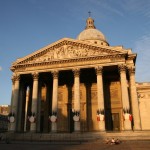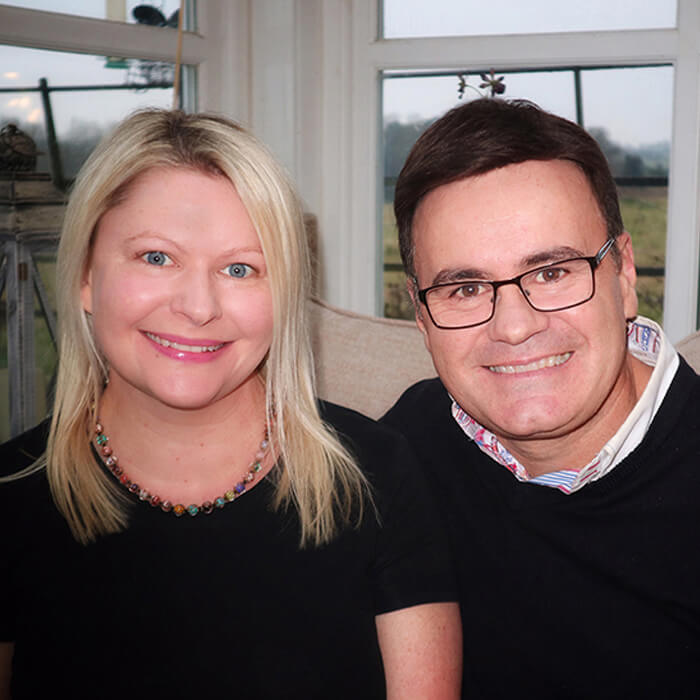
The historic buildings of Paris – top 5
Next time you’re travelling through the city of love, catch a glimpse of the past with a tour of the most historic buildings in Paris. Gareth Anderson shares his top picks…
Paris, the city of love and the famous French capital. There’s scarcely another place on Earth with as much history and culture contained in its city walls – the Eiffel Tower, Louvre, Arc de Triomphe de l’Étoile, Musée d’Orsay and Moulin Rouge all call the city home.
And even such an impressive list barely scratches the surface of the number of historic buildings to be found in the city. So next time you’re staying in Paris, why not head off the beaten track to discover some of Paris’ most impressive historic buildings and how they helped shape the beautiful city. Read on for five of our favourites…
1. Basilique du Sacré-Cœur (pictured above)
Proudly guarding the city’s highest point on the summit of Montmarte, the Sacré-Cœur is one of the most recognisable landmarks in Paris, attracting revellers from around the world. Construction began in 1875, but the church wasn’t completed and consecrated until 1919. Architect Paul Abadie designed the basilica, beating 77 other architects for the honour – the building’s style is a free interpretation of Romano-Byzantine features, with many elements symbolising nationalist themes. The site offers stunning views over the city for visitors to enjoy – and if you’re religious, daily mass and confession is also available inside the church.

2. Cathédrale Notre-Dame
Chance upon the Cathédrale Notre-Dame on the Île de la Cité and you’ll see why it’s famous around the world. It’s one of the finest examples of French Gothic architecture – and the best-known thanks to its location in the heart of the city. Completed in 1345, the sprawling cathedral has seen several restorations and was the inspiration for Victor Hugo’s book ‘Notre-Dame de Paris’. Access to the cathedral is free and open daily, and a 35-minute audio guide will walk visitors through the site’s history and architecture in 8 different languages.

3. Panthéon
Located in the city’s vibrant Latin Quarter, the Panthéon is a stunning display of early neoclassicism. Originally built as a church, today the Gothic cathedral is a secular mausoleum for distinguished French citizens, and holds the remains of Voltaire, Victor Hugo, Marie Curie and Alexandre Dumas. The building is a result of a pledge by King Louis XV; he vowed in 1744 if he recovered from his illness he would replace the ruined Abbey of St Genevieve with an edifice that was worthy of the patron saint of Paris. He did recover and the rest, as they say, is history.

4. Palais Garnier
Home of the Paris Opera, the Palais Garnier is one of the most opulent buildings in the city and named after its architect, Charles Garnier. The 1,979-seat opera house was completed in 1875 and designed in the Beaux-Arts style. Its interior must be seen to be believed, and features elaborate marble friezes, columns and statuary portraying Greek mythology. The stunning building was also the setting for the 1910 novel, The Phantom of the Opera, which later inspired the hit musical known to theatre lovers around the world.

5. Hôtel des Invalides
Actually referring to a complex of buildings in central Paris, the Hôtel des Invalides was designed in the Baroque style and inaugurated in 1678. Its chief purpose relates to the military – it contains museums and monuments depicting the military history of France, as well as a hospital and retirement home for war veterans. The tombs on the site contain notable military figures – most importantly Napoleon Bonaparte – and the site’s central dome was the inspiration for Thomas U. Walter’s designs of the United States Capitol.
What other historic buildings do you know and love in Paris? Share with us on Facebook or Twitter.




